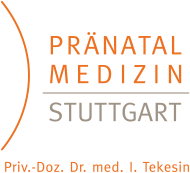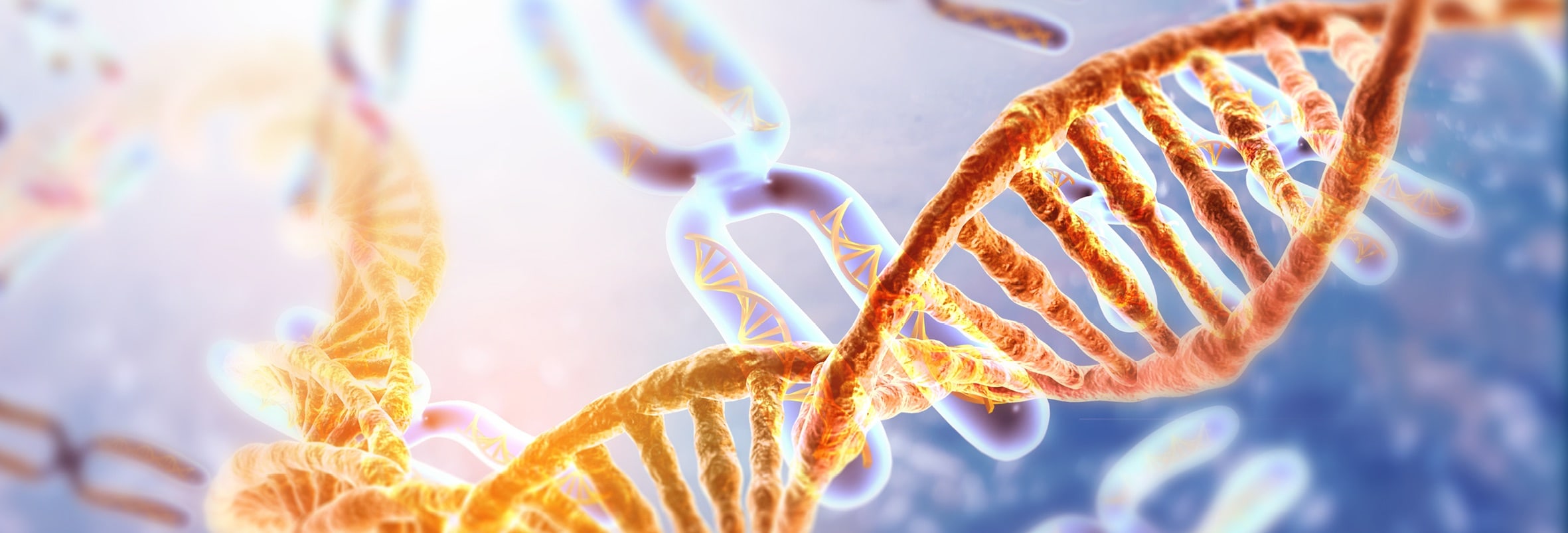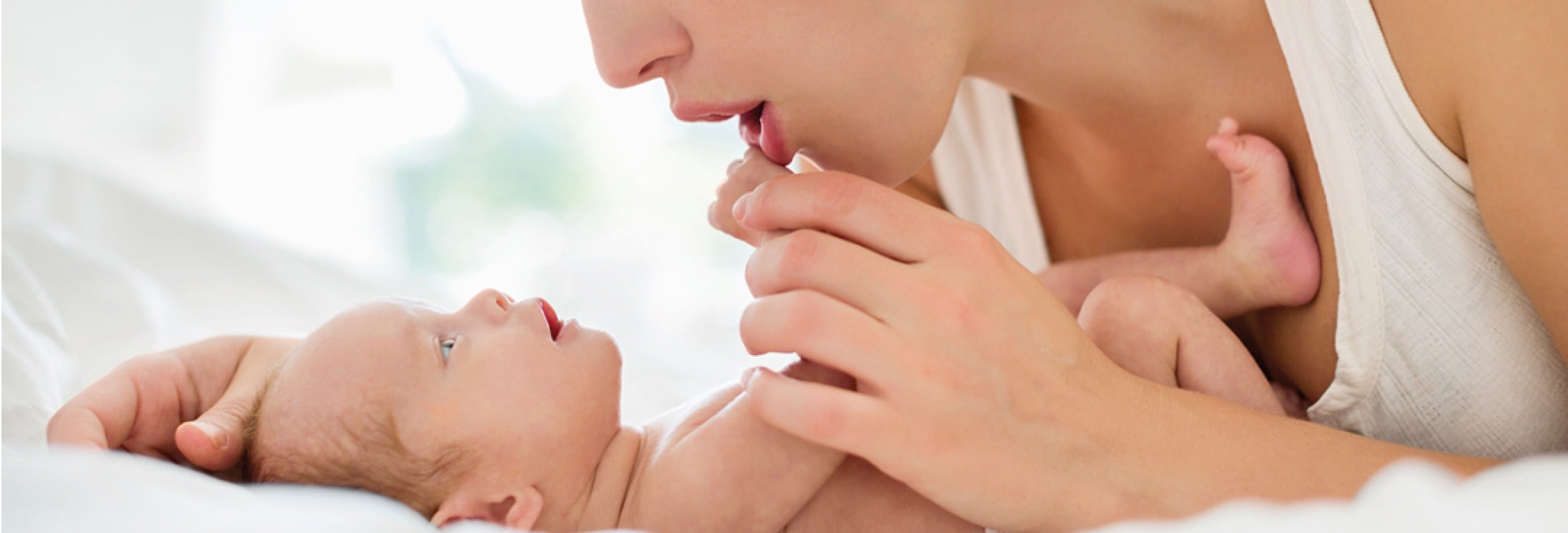What are prenatal diagnostics?
The term prenatal diagnostics encompasses all medical investigations which help to establish the state of health of the unborn child. The investigations exclude or identify malformations or developmental disorders in the unborn child.
The method chosen depends on the week of pregnancy and your age, family history and conspicuous ultrasound results. Diagnostics, advice and treatment possibilities before birth are part of the field of prenatal medicine. Treatment which may be necessary for the affected baby after the birth can be optimally planned before delivery where necessary. Personal consultations with the doctors who will look after the baby after delivery form a considerable part of this.
What are the causes of illnesses in the unborn baby?
Chromosomal abnormalities, genetic disorders and malformations of the organ systems are all causes of illness in the unborn child.
Genetic disorders arise from mutations of genetic material. They are passed on in the family and follow a continuous inheritance pattern. As a result of new mutations, genetic disorders can also sporadically appear in people who had no family pathology until then. Genetic disorders can affect metabolic function as well as the body’s physical structure. Alterations in the genes which then lead to an inherited disease can normally only be discovered with specific diagnostic tests. If necessary, possible genetic disorders can be identified in the family history in a human genetic counselling session, together with advice about possible consequences. Some genetic disorders can be diagnosed prenatally using molecular genetics methods. In families who have no history of such disorders, prenatal diagnostic tests which look for the presence certain illnesses are only rarely possible.
There are also illnesses or malformations of the unborn which are not connected with a chromosomal abnormality. The kidneys and urinary tract, heart and brain are most commonly affected. The causes of these malformations are often unknown. External influences such as medication, radiation effects or maternal infection are sometimes present.
In order for a child to develop from a fertilized egg, the fertilised egg has to keep dividing. With each cell division, the 46 chromosomes are first doubled and then divided between the two new cells alike.
Sometimes something in this division goes wrong which can lead to chromosomal aberrations (chromosomal abnormalities). This can lead to cells in which, for example, the number of chromosomes is no longer correct and some cells of the embryo might have now one chromosome less than normal, i.e. only 45 instead of 46. There may also be one chromosome too many in the cells, i.e. 47 instead of 46. However, there are chromosomal abnormalities that affect the chromosome structure. A piece of chromosome may be missing or a piece may be doubled. Sometimes parts of the chromosomes can change their orientation, whereby part of the chromosome is now virtually installed "backwards". If chromosomal material is added or lost, there may be consequences for the child. Chromosomal abnormalities can lead to the following hereditary diseases:
Down’s syndrome (Trisomy 21)
Edward’s syndrome (Trisomy 18)
Pätau syndrome (Trisomy 13)
Even a maldistribution of the two sex chromosomes (X and Y) can cause disorders. Usually everyone has two of these sex chromosomes - girls have two X chromosomes (XX) and boys have one X and one Y chromosome (XY). Examples of genetic disorders, which are due to maldistribution of the sex chromosomes are:
Ullrich-Turner syndrome
Klinefelter syndrome
At the beginning of pregnancy, the risk of chromosomal aberration is naturally higher than at the time of birth because it is not uncommon for chromosome abnormalities to naturally lead to fetal death during pregnancy.
The diagnosis of a chromosomal abnormality alone does not always indicate the severity of the disability of a child.




